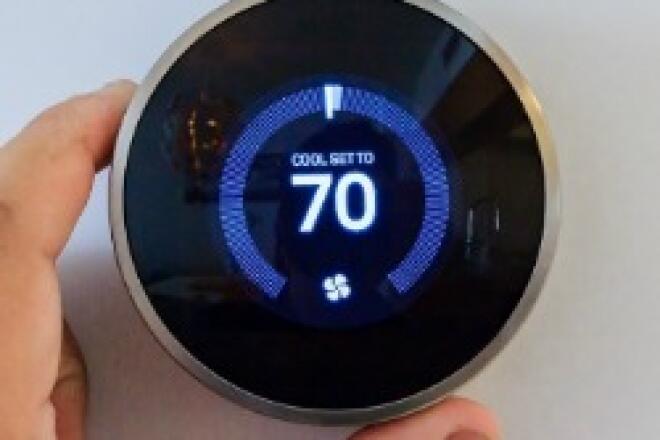
3 Things You Should Know About Electric Vehicles
While there have been some signs that the electric vehicle (EV) market in the United States is cooling somewhat compared to the red-hot year in 2023, the EV industry continues to grow and evolve in exciting ways in 2024.
New models are creating a brand-new landscape for prospective consumers compared to just a few years ago, and new programs and services from power companies are helping to improve the ownership experience.
In this month’s blog, we look at a few exciting trends around EVs that you should be aware of:
1. New rate plans can make charging at home a breeze.
As part of a greater trend toward offering different ways of paying for the electricity you use at home, many power companies are introducing special rates that help you charge your EV at a very low price – or even for free. These rates generally encourage you to charge overnight, since that’s usually when it’s cheapest to produce electricity. For example, Georgia Power’s Overnight Advantage rate includes a Super Off-Peak period from 11 p.m. – 7 a.m. that allows EV drivers to charge up for only 2.1 cents per kWh. This is compared to 9.8 cents during Off-Peak hours and 28.6 cents during On-Peak hours (from 2-7 p.m. during the summer). This plan could allow the average EV driver to charge up for less than $30 per month!
2. There are now plenty of models with ranges over 300 miles.
It was only a few years ago when the 300-mile club only had a handful of members. In fact, Kelley Blue Book’s list of the longest range EVs for 2018 only had two Tesla models with ranges over 300 miles. The next highest was the 2018 Chevrolet Bolt EV with an estimated battery range of 238 miles. However, a new list from CNET features 20 electric cars with ranges in excess of 300 miles and about 10 more with ranges over 250 miles! Many of these are trucks or luxury models, but there are plenty of more affordable options, like the 2023 Hyundai Ioniq 6 at 361 miles and the 2023 Volkswagen ID 4 at 275 miles.
3. Some EVs can now charge your home during a power outage.
For years, many electric vehicle owners have wondered about the ability of their car’s battery to power their home during a natural disaster, like a wildfire or hurricane, and it seems like this capability – known as bidirectional charging – is finally picking up some steam. According to CNET, only a few vehicles currently have this capability, namely the Ford F-150 Lightning and the Nissan Leaf, but both GM and Tesla have stated that all of their models will have this capability in the next couple of years. With bidirectional charging capabilities, the energy in your battery can even be used to send electricity back to the grid during times of high demand. If you enroll in one of these programs, your power company will pay you for helping stabilize the grid.
There have admittedly been some bumps in the road for the EV market in 2024, but reports of the electric vehicle’s death have been greatly exaggerated. If you’re considering going electric, take a look at the new array of EV models, programs available through your power company and rebates/incentives available through government. As a prospective EV owner, there has never been a better time to find an EV that meets your personal needs.



